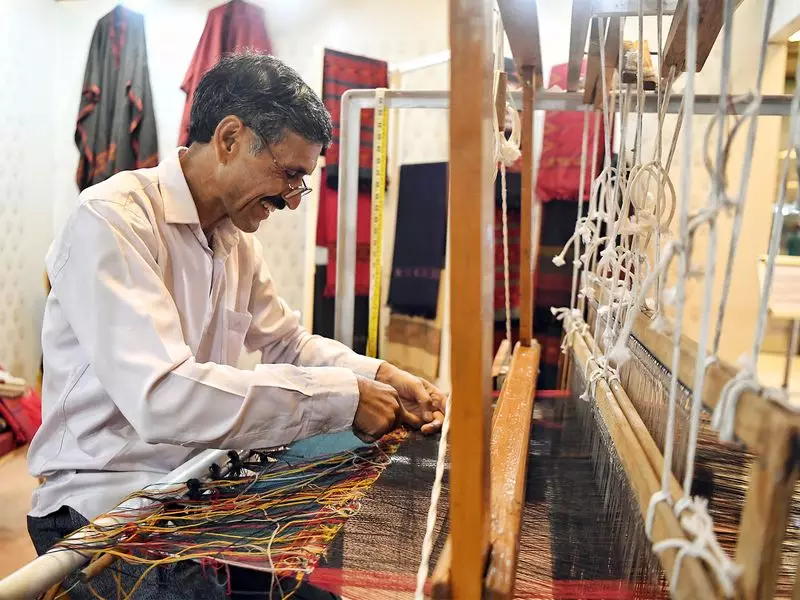
The Indian government has taken a significant step toward strengthening the country's position in global markets with the Union Cabinet's approval of the Export Promotion Mission. This strategic move is expected to provide substantial momentum to the textile and apparel sector, one of India's key export-oriented industries.
Citi India Welcomes Government Initiative
Citi India has enthusiastically welcomed the Cabinet's decision, recognizing the potential transformative impact on the textile and apparel industry. The financial institution emphasized that this initiative aligns perfectly with India's broader economic goals and export enhancement strategies.
The Export Promotion Mission represents a comprehensive approach to addressing the challenges faced by exporters while creating new opportunities for growth in international markets. Industry experts believe this could mark a turning point for India's export performance, particularly in labor-intensive sectors like textiles.
Expected Impact on Textile and Apparel Sector
The textile and apparel industry, which employs millions of workers across the country, stands to benefit significantly from this mission. The sector has been seeking government support to enhance its global competitiveness and overcome various structural challenges.
With the implementation of the Export Promotion Mission, industry players anticipate improved market access, better infrastructure support, and streamlined processes for exporters. The mission is expected to address key areas such as quality standards, market diversification, and technological upgradation.
According to Citi India's analysis, the move will likely result in increased export volumes, better price realization for Indian products, and enhanced brand recognition for Indian textiles in international markets. The mission could also attract fresh investments into the sector, creating a virtuous cycle of growth and employment generation.
Broader Economic Implications
The approval of the Export Promotion Mission comes at a crucial time when global trade dynamics are shifting rapidly. India aims to capitalize on these changes and increase its share in the global textile and apparel market, which currently stands at around 4-5%.
Beyond the immediate benefits to the textile sector, the mission is expected to have positive spillover effects on related industries including cotton farming, synthetic fiber production, dyeing and printing, and garment manufacturing. The comprehensive approach may also help integrate smaller players into the global value chain.
Industry representatives have expressed optimism that the Export Promotion Mission will address longstanding issues such as logistics costs, compliance burdens, and access to credit that have hampered the growth of textile exports in recent years.
As India positions itself as a reliable alternative sourcing destination in the global textile market, this government initiative could prove instrumental in achieving the ambitious export targets set for the coming years. The textile and apparel sector looks forward to detailed implementation guidelines and expects the mission to operationalize soon.





